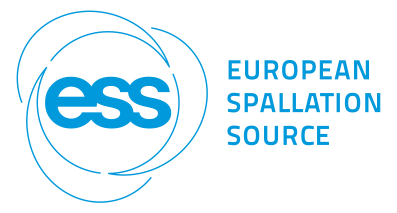Description
Neutron polariser and analyser based on polarising supermirror technology [1-3] have enabled the widespread use of polarised neutrons in the past decades. They operate on polarised neutron reflectometry principles and are highly sensitive to incident neutron’s wavelength and incident angle. Modern beamline often shapes the neutron beam using sophisticated optical elements such as curved guides and elliptical guides. The complex beam profile makes it necessary to use Monte Carlo ray-tracing simulation to design polarisation equipment. The leading simulation software are McStas [4,5] and Vitess [6] which have incorporated many polarisation devices.
At present, simulation of polarising supermirror in virtually all publicly available software is simplified by considering only the reflection and transmission at the supermirror coating. In transmission polarising device simulation, the simplification has led to unrealistically high polarisation and transmission in device performance. To address this issue, we have developed a new supermirror module that also includes absorption in substrate, refraction at the substrate interface, and multiple internal reflection in double-side coated supermirror. At the device level, multiple reflection between supermirrors across different channels in a v-cavity polariser has also been included. The results revealed that internal reflections in a double-side coated supermirror can degrade the polarisation of a polariser by almost 10%. Also, without dividers to separate the channels in a multi-channel v-cavity polariser, the crosstalk would make a v-cavity non-functional as a polariser.
Consequently, mitigations have been incorporated in our designs of a v-cavity polariser. They include using single-side coated supermirrors in double-v cavity and using dividers with reflective coating on top of absorption coating. Both are technologically viable. Simulations show that the changes allow us to reach 96% polarisation and 42% transmission at 2 Å in a v-cavity for BIFROST instrument. The results also point to the importance of having high-reflectivity polarising supermirror in contrast to the present focus on reaching higher m-value.
[1] P. Böni, Physica B 234-236, 1038 (1997).
[2] T. Krist, C. Lartigue, F. Mezei, Physica B 180-181, 1005 (1992).
[3] T. Bigault, et. al., J. Phys.: Conf. Ser. 528, 012017 (2014).
[4] P. Willendrup and K. Lefmann, J. Neutron Res. 22, 1-16 (2020).
[5] P. Willendrup and K. Lefmann, J. Neutron Res. 23, 7-27 (2021).
[6] K. Lieutenant, et. al., Proc. SPIE Int. Soc. Opt. Eng. 5536, ed. M. Sanchez del Rio 134 – 145 (2004).
